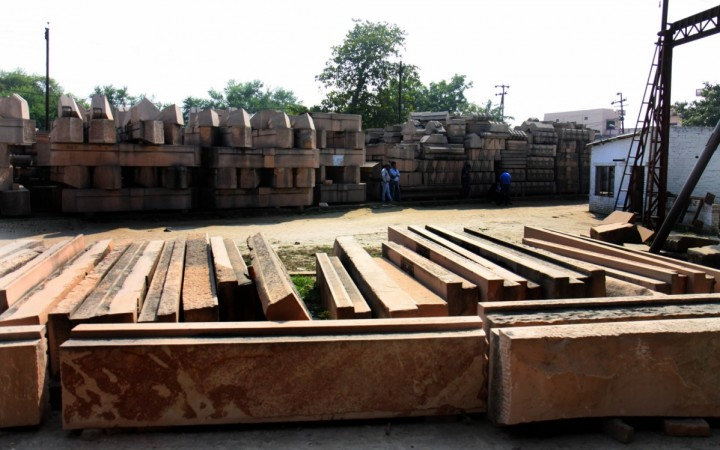
The Supreme Court of India delivered a unanimous verdict in the long-drawn Ayodhya dispute on Saturday, November 9. The five-member bench of the Supreme Court headed by Chief Justice of India Ranjan Gogoi seals finally the festering tussle between Hindus and Muslims that strained the socio-political fabric of India for decades.
Here are the highlights of the verdict.
-- The disputed land is awarded to the Hindu deity
-- Hindus will get disputed land subject to conditions
-- Muslims will be given alternative land to build the masjid
-- Centre will make a scheme in three months to set up a board of trustees for construction of temple
-- Central government to form trust that will decide about the inner court yard of the structure
-- The Sunni Waqf board to get 5 acres of suitable land
-- No side has been able to conclusively prove their land rights
-- Archaeological evidence supports an underlying structure of Hindu origin

-- Babri Masjid was not constructed on vacant land but on a Hindu structure
-- Archaeological evidence cannot be brushed aside as conjecture and hypothesis
-- The masjid, which was demolished in 1992, was built by the Generals of Babar, the Supreme Court says.
-- Mere existence of a structure beneath the mosque cannot lead to a title today even if the SC finds that it was a Hindu temple
-- The disputed land was the government land in the revenue records
-- Allahabad High Court was wrong to divide the disputed land for three parties








